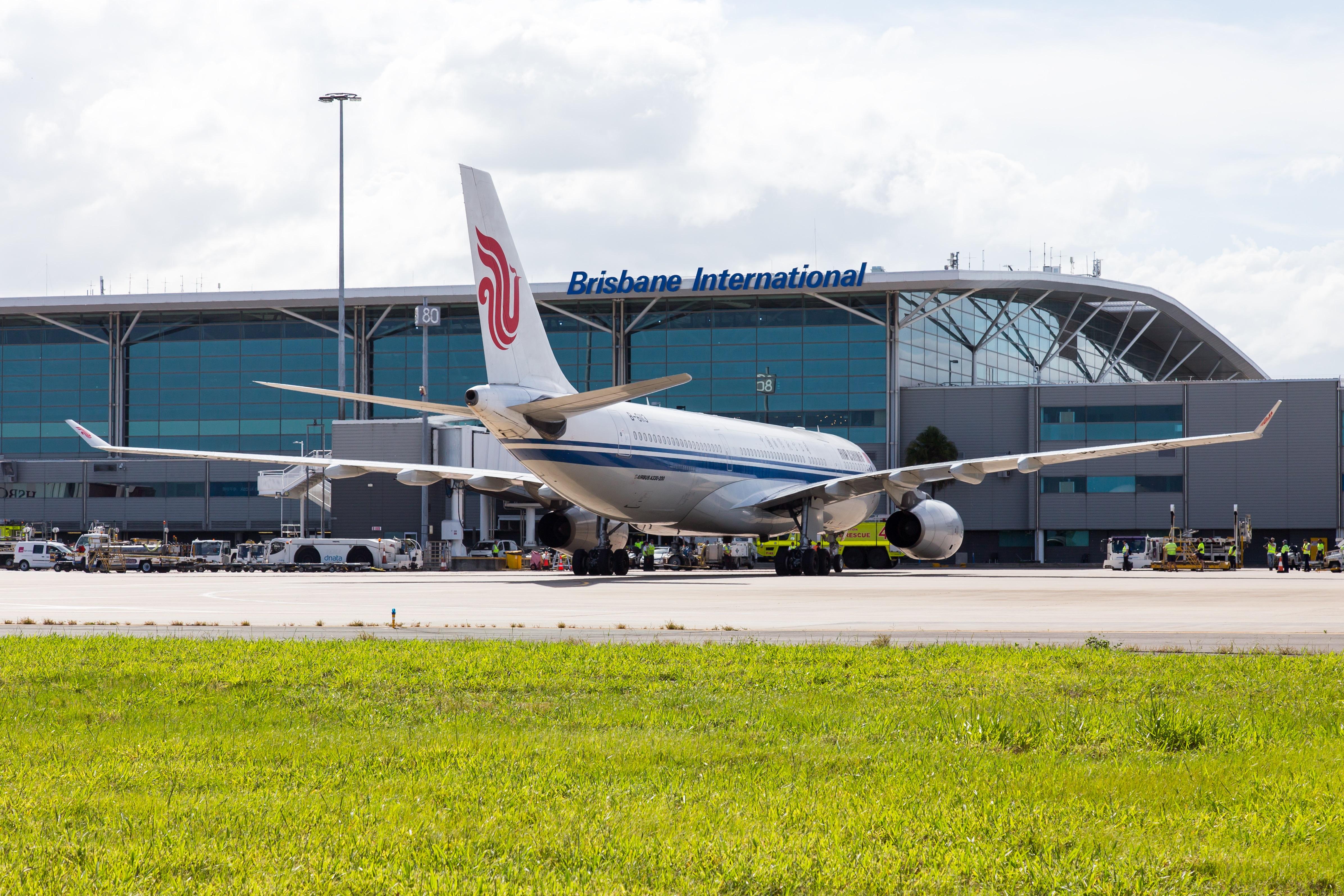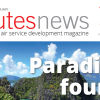
The A$1.35bn new runway will allow Brisbane Airport’s capacity to more than double within two years. Once operational in 2020, the runway will measure 3.3km in length and will be 60m wide.
It will be located two kilometres west of the existing runway and run parallel to it. A further 12 kilometres of taxiways, navigational aids and airfield infrastructure have been installed as part of the project.
While it will provide immediate relief to the airport’s capacity needs, it is also part of the airport’s long-term growth strategy as forecasts indicate that having handled 23.2 million passengers in 2017, there will be about 50 million by 2035.
It is the single largest aviation project being undertaken in Australia and, once open, Brisbane Airport Corporation general manager aviation and retail Andrew Brodie believes it will allow the facility to continue to compete in an aggressive market.
He says: “Once the new runway is completed, Brisbane Airport will have more curfew-free capacity than any airport in Australia, and comparable capacity to what the likes of Hong Kong and Changi enjoy now.
“With the runway the available capacity that will come into this country is amazing. We know a number of airports around us are building new runways while many countries are looking at new airports so we need to compete.”
Brodie says another key part of the project is the A$73m expansion of the international terminal. Upon completion this year, it will result in an additional 13,500 sq m of space and will include six more boarding zones, two new walk-out gates and four new aerobridges.
The improvements will give airlines capacity to increase scheduled services and allow more and faster boarding capacity, culminating in a more efficient service for both arriving and departing aircraft. Meanwhile, the international northern apron has been expanded at a cost of A$47m with 55,000 sq m of new apron pavement, three new aircraft taxi lanes and three new aircraft parking bays.
One of the new parking bays will be able to accommodate Airbus A380s while the other two will have space for both Boeing 747s and 787 Dreamliners and Airbus A330s and A340s. Landside, an ongoing A$7 million upgrade of Brisbane’s inter-terminal transfer system and A$12.6 million introduction of the self-service check-in and automated bag-drop facilities in the international terminal are just some of the other projects ensuring travellers feel the improvements too.
City renaissance
Brodie is also keen to stress that just as the airport is undergoing a renaissance in anticipation of growth, so the city of Brisbane is seeing a construction boom. He adds the key development is the A$3bn Queens Wharf Brisbane, which is currently under construction before opening in 2022.
The development is a mix of hotels, offering 1,000 rooms, bars, restaurants, shops, a casino and a 100 metre-high sky deck. It is expected to attract 1.39 million visitors each year once open. Another key development is the Brisbane International Cruise Terminal, which opens in 2020 close to the airport on the Brisbane River at a cost of A$158m.
Once open by 2020 the mega-cruise terminal will have 9,300 sq m of space and a 200 metre wharf. It is hoped it will put Brisbane firmly on the cruise map for ships cruising the Queensland coast.
Brodie says: “Hosting Routes Asia in 2018 is a great opportunity for us to show off to key decision makers in the region the very best of what our city has to offer.”
